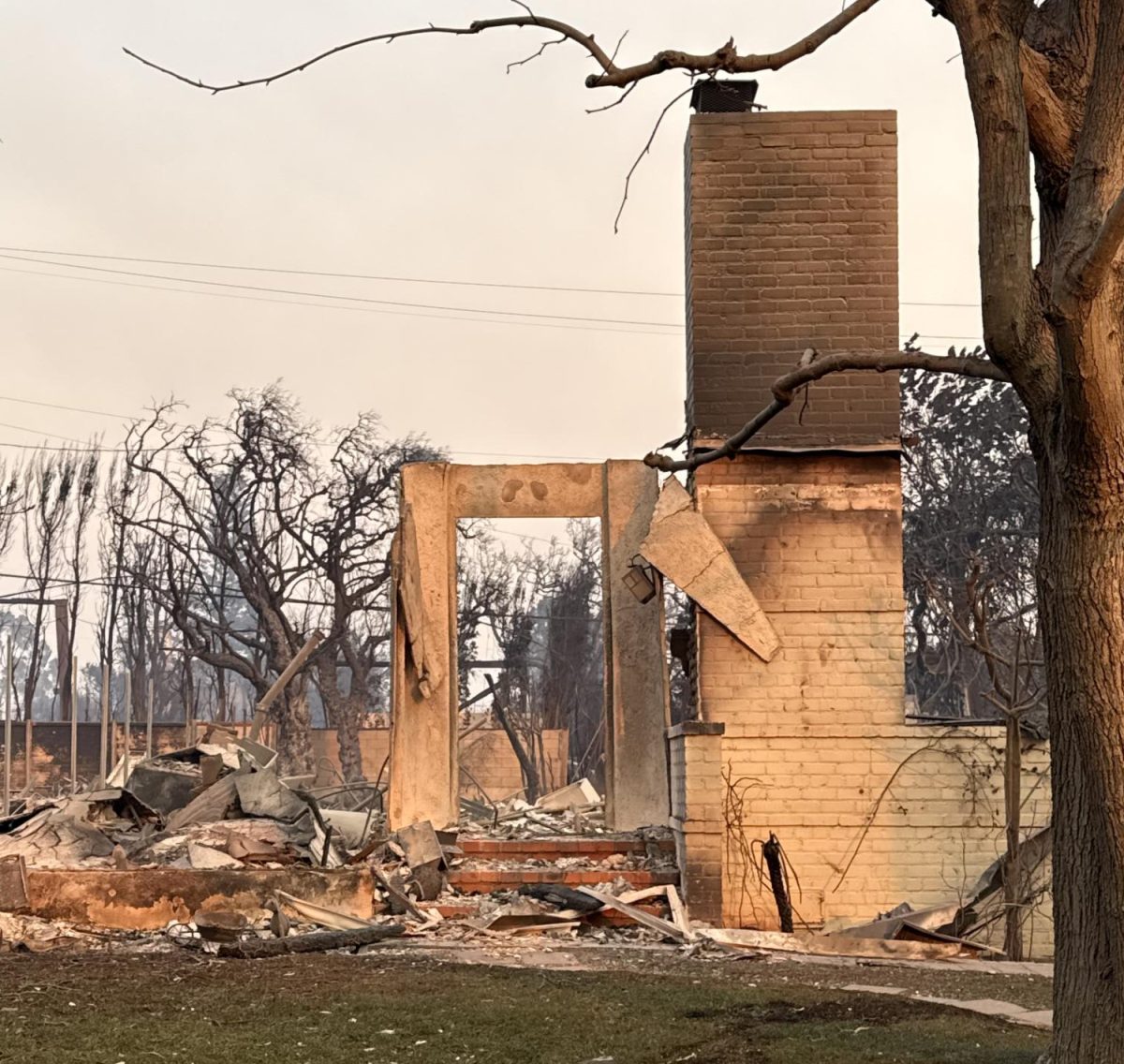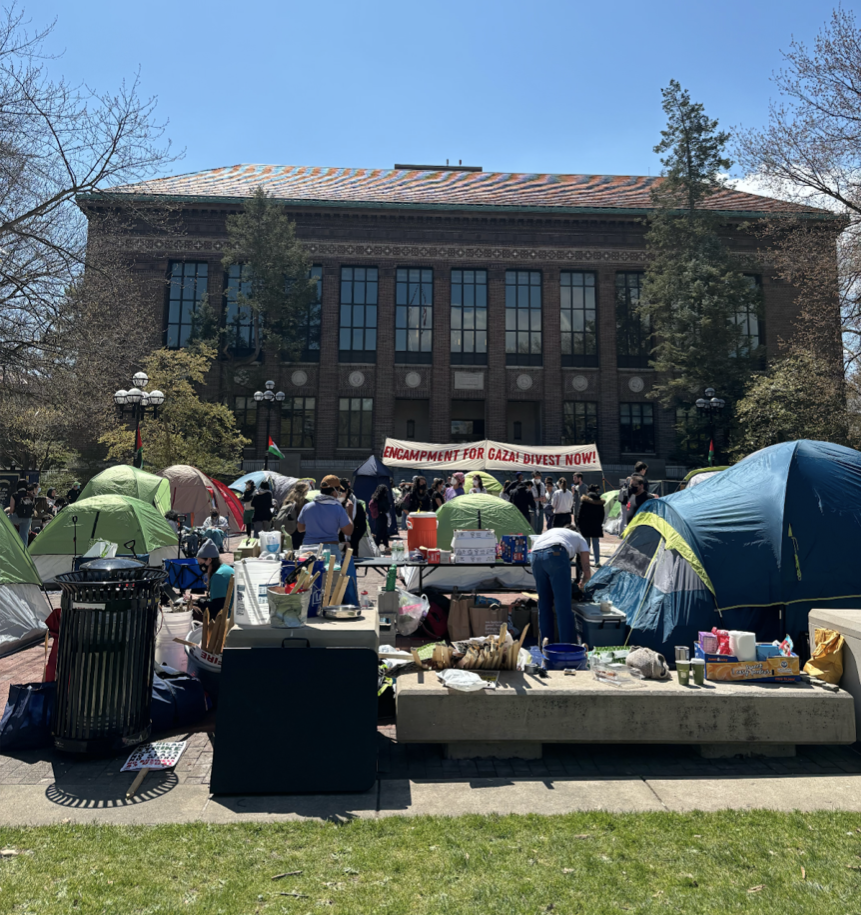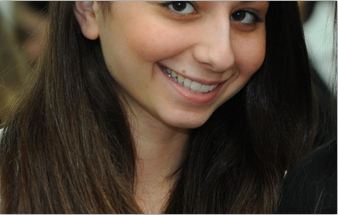With California’s unemployment rate at 12.1 percent, state budget cuts are challenging public education and fewer families can afford private school tuition. Head of School Rabbi Ari Segal said Shalhevet has responded by increasing the per capita amount of financial assistance and initiating improvements to help stabilize the school’s economic position.
Rabbi Segal said the school is spending money more cautiously than in past years, and also building up an endowment that the school can rely on in future years.
Methods include both big- and small-scale projects, such as partnering with other institutions to split costs and hosting teacher ice-cream parties instead of more costly faculty parties, he said, to do so.
“Schools don’t try to make money,” Rabbi Segal said. “They try to break even. And in hard times, we need to be smarter.”
To combat the effects of the declining economy on individual families, the school gave out $1.18 million in financial aid assistance this year, Rabbi Segal said, which was a higher per capita amount of assistance than the year before.
One way Shalhevet gives financial assistance is through the Jim Joseph High School Affordability Fund, which grants money to students at Shalhevet, YULA Boys, YULA Girls, Milken and New Community Jewish High School. Funds are given to upper middle class families with yearly incomes of $150,000 to $200,000.
Arlene Argreff, director of the fund, said 24 students at Shalhevet are aided by the fund, which requires families who receive a subsidy for any of the five schools have to pay at least 60 percent of tuition.
“The grant has two goals,” Ms. Argreff said. “One is to increase enrollment by making high school affordable for the middle income range. The grant is there to encourage families who cannot afford the whole tuition. Sometimes they have many children and they need a little bit of assistance.”
The other goal of the Jim Joseph grant is to create endowments for Jewish schools.
“It is very important for everyone in the school to understand the value of contributing to the endowment,” said Ms. Argreff. “Instead of short term help, it helps for generations to come. When you contribute to the endowment you are making a permanent contribution.”
The Jim Joseph Foundation and BJE (Bureau of Jewish Education) set up this fund when they realized that secular private schools all had endowments, but that Jewish schools were lacking them. This made it harder for them when tuition payments fell since they did not have funds to fall back on.
The fund is a six-year plan that began in 2009. Since its first year, Shalhevet enrollment has increased by 3.4 percent, according to a Jim Joseph High School Affordability Fund report released last year.
Rabbi Segal said Shalhevet is also looking to partner with other institutions and the BJE to share some costs.
But it’s also focusing in on saving money by tightening budgets and monitoring them, while also “spending smarter,” he said.
“When things are good, we spend quickly on ideas,” Rabbi Segal said. “We just need to be more careful. We cannot over-schedule and underutilize our faculty.”
Rabbi Segal said another suggestion he is considering is alternating classes by year. Students would still be able to take all the classes they wanted, but not every class would be offered every year, so they would need to plan to take different classes in separate years.
One practice Shalhevet is hoping to decrease is students skipping senior year to go to community college in order to save money. This year, two seniors enrolled in Santa Monica College, though that was a decrease from two years ago, when the economy was even worse and seven students left.
Rabbi Segal said that he was shocked when he learned this was occurring at Shalhevet, as it did not happen at Ramaz or Beren Academy, where he previously worked.
In the current junior class, nine of the 53 students said that they are considering not coming back next year.
This trend is also seen at YULA, though both Milken and Tarbut v’Torah’s admission directors said no students are skipping senior year in their schools.
“We need to add more value to senior year,” Rabbi Segal said. “I think people will soon realize what a senior year can be. It’s the time when you are the leaders.”
Rabbi Segal also said he thinks budget cuts in the public education system may help keep students for their senior year since cutbacks make it hard to get classes.







